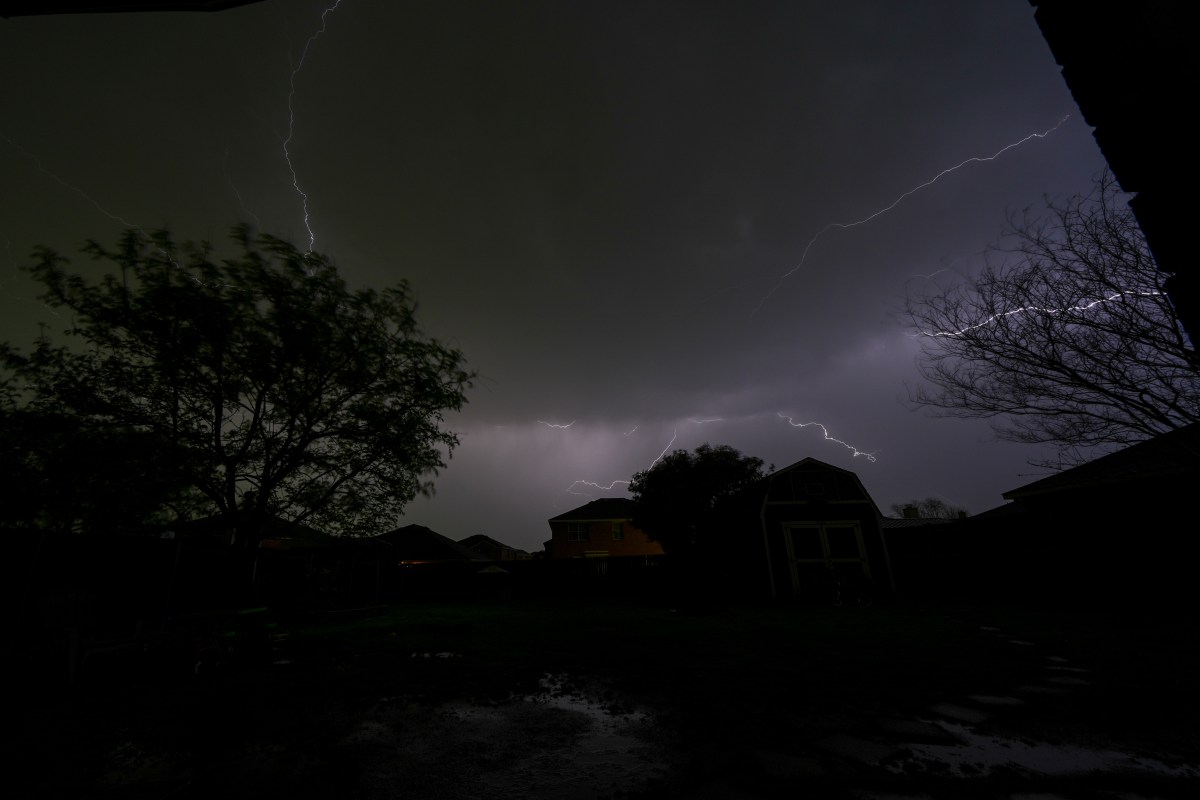Unraveling the Storm: What Deadly Floods Mean for the Midwest
As the Midwest braces for severe storms and the threat of deadly floods, the urgency for preparedness has never been more critical. These natural disasters can wreak havoc on infrastructure, agriculture, and the lives of residents. Experts warn that climate change is intensifying these weather patterns, making it essential for communities to understand the implications of these floods and to develop strategies for resilience.
Understanding the Nature of Floods
Floods are a natural phenomenon, but their increasing frequency and intensity in the Midwest have raised alarms among meteorologists and climatologists alike. The region, characterized by its vast river systems and flat terrain, is particularly vulnerable to heavy rainfall and rapid snowmelt, both of which can lead to devastating flooding.
Floods can be categorized into several types, including:
- Flash Floods: These occur suddenly and can happen within minutes or hours of heavy rain, often overwhelming drainage systems.
- River Floods: When rivers overflow their banks due to prolonged rainfall or snowmelt, they can inundate surrounding areas.
- Coastal Floods: Though less common in the Midwest, rising lake levels can lead to flooding in areas near the Great Lakes.
Each type of flood presents unique challenges, and understanding these differences is crucial for effective response and recovery efforts.
The Impact of Climate Change on Flooding
One of the most pressing issues contributing to the increasing threat of deadly floods in the Midwest is climate change. According to the National Oceanic and Atmospheric Administration (NOAA), the region has seen a significant increase in heavy precipitation events over the last few decades. This increase not only heightens the risk of flooding but also complicates existing infrastructure and emergency response systems.
Some of the ways climate change exacerbates flooding include:
- Increased Rainfall: Higher temperatures lead to more moisture in the atmosphere, resulting in intense downpours.
- Melting Snowpack: Warmer winters contribute to earlier snowmelt, which can coincide with spring rains, further stressing river systems.
- Soil Saturation: Prolonged periods of wet weather can leave the ground unable to absorb additional rain, leading to surface runoff and flooding.
These factors have significant implications not just for the environment, but for the economy and public safety as well.
The Economic Toll of Flooding
The economic repercussions of flooding are profound. Communities often face immense costs related to property damage, infrastructure repair, and disaster response. According to the Federal Emergency Management Agency (FEMA), the average cost of flooding in the U.S. amounts to billions of dollars annually. For the Midwest, which relies heavily on agriculture, the impact can be especially devastating:
- Crop Damage: Floodwaters can destroy crops, leading to food shortages and increased prices.
- Infrastructure Damage: Roads, bridges, and public utilities can become severely compromised, requiring extensive repairs.
- Displacement of Residents: Communities may face temporary or permanent displacement, creating social and economic challenges.
Preparing for Floods: Community Strategies
In light of these challenges, it is vital for communities to develop robust flood preparedness plans. Here are some strategies that can help mitigate the impact of flooding:
- Flood Mapping: Understanding flood-prone areas can help residents make informed decisions about where to build and how to prepare.
- Infrastructure Improvements: Investing in better drainage systems, levees, and flood barriers can reduce the risk of severe damage.
- Emergency Response Training: Local governments should conduct regular training exercises to ensure that emergency responders are prepared for flood events.
Additionally, **community engagement** is vital. Residents should be educated on the risks associated with flooding and the importance of having emergency kits and plans in place.
Resilience and Recovery Post-Flood
Recovery from flooding is often a lengthy and challenging process. However, resilience—the ability to bounce back from adversity—is key to minimizing long-term impacts. Communities that focus on resilience can better withstand future floods. Here are some essential elements of building resilience:
- Community Support: Establishing networks of support can help residents recover emotionally and financially.
- Rebuilding Thoughtfully: When rebuilding after a flood, considering higher ground or flood-resistant structures can mitigate future risks.
- Long-term Planning: Local governments should incorporate climate projections into urban planning to prevent future vulnerabilities.
Conclusion: A Call to Action for the Midwest
The looming threat of deadly floods in the Midwest is a complex issue that requires immediate attention and action. While the challenges posed by flooding are significant, they also present an opportunity for communities to come together, innovate, and build resilience. By understanding the risks, preparing adequately, and fostering a culture of support and recovery, the Midwest can navigate the storm and emerge stronger.
The time to act is now. As residents prepare for the next storm, it’s crucial to remember that collective action can lead to a safer, more resilient future for all.
See more Your Daily Weather



